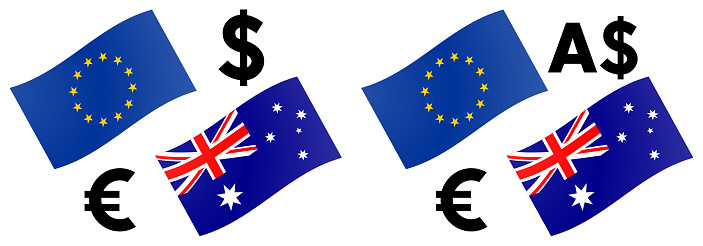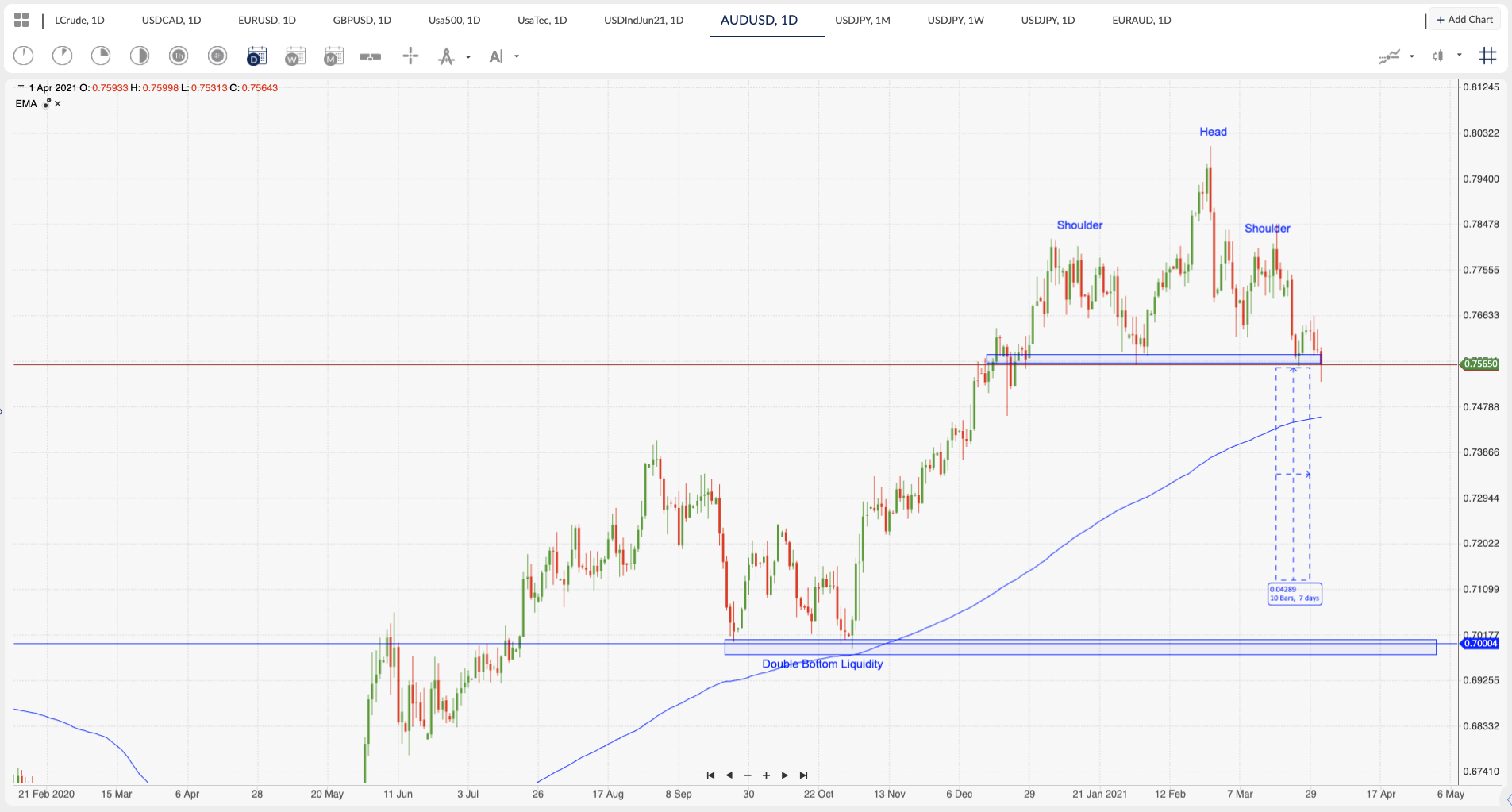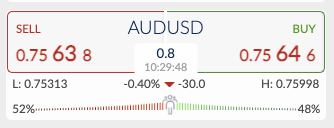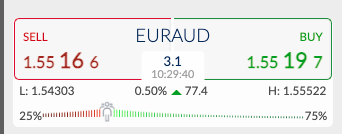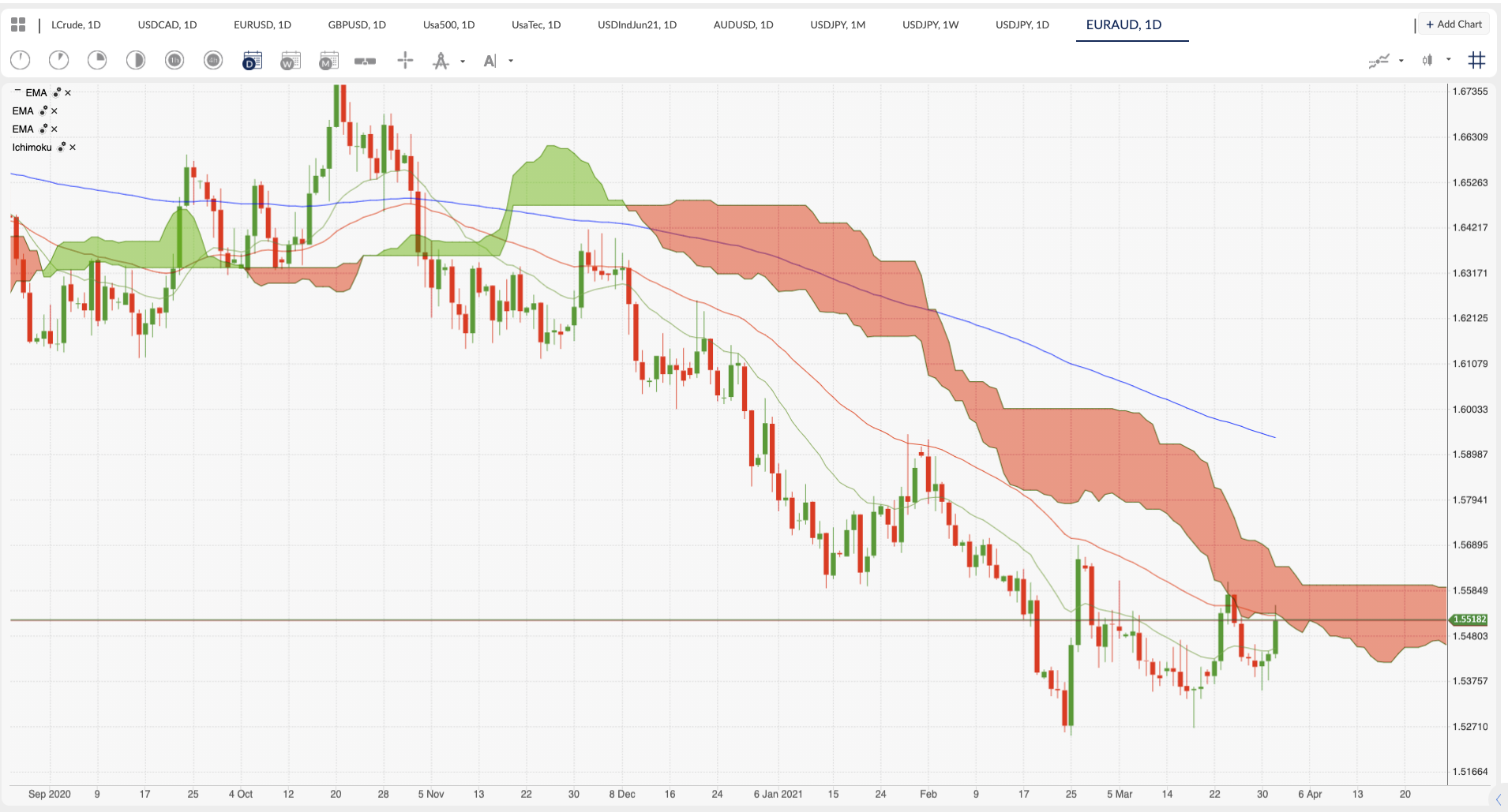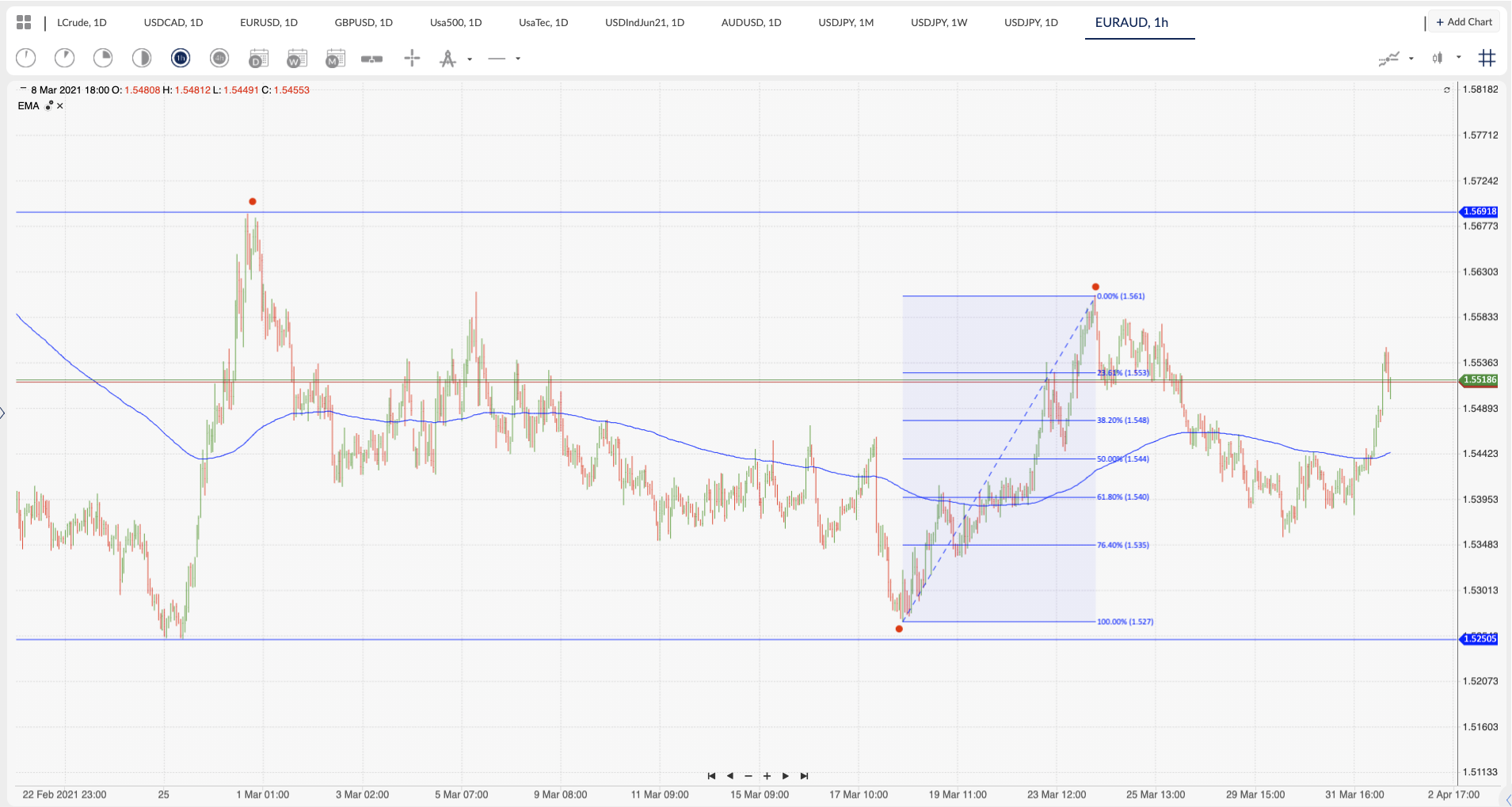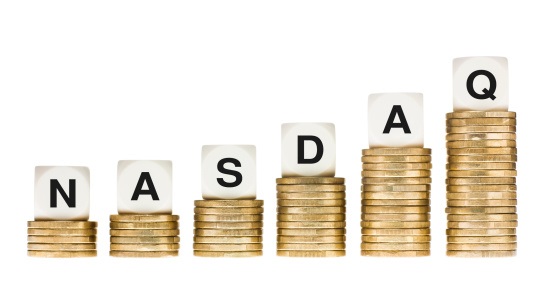EURAUD forex analysis
Ever since the inception of the euro, the EURAUD and AUDUSD crosses have traded inversely to each other as can be seen by the chart of the two plotted together. This relationship makes them a great confirmation of each other’s trend.
Using today’s currency heat map, we see that the euro is strong against all other 9 crosses and the Australian dollar is weaker against them all. As a trader, the idea is to buy strength and sell weakness and to be in line with the overall trend. Using today’s example, we would be looking to buy the EURAUD but that would have to be confirmed by some longer-term trend analysis.
See real-time quotes provided by our partner.
The daily time frame charts show that the Australian dollar has overall been very strong these last 12 months and peaked on the 25th of February 2021 before starting this recent corrective move. The AUDUSD is still above its daily 200-period exponential moving average, so long-term trend followers will be confident enough to hold on to their long positions until a clear break below that dynamic support line. This corrective move may actually be on the verge of gathering momentum to the downside, as a break and close lower than 0.7560 could complete the head and shoulders chart pattern and a measured move to the downside would have AUDUSD prices trading around the 0.7000 big figure again.
Looking at the ActivTrader sentiment indicators, retail traders are agnostic to the direction of the AUDUSD but have more of a feeling that the EURAUD is potentially more bullish than bearish and have a 75% conviction to the long side. If they were correct, then the AUDUSD would come down and the EURAUD would trade higher. Unfortunately, the majority of retail traders do trade on the wrong side, so the potential trade is more likely that the AUDUSD remains in its bullish trend and the stops that will be residing above the areas marked as the Head and Shoulder will be taken.
For now, let us assume that the US dollar continues to rise. This would put pressure on commodities, so the Australian dollar would weaken further. China is also not too happy with Australia and has been moving away from purchasing their commodities, which is also a major blow to the Australian economy, as they export a majority of their mined materials to China. A stronger US dollar also puts pressure on the EURUSD, as the single currency is 60% of the US dollar index basket. We also have further turmoil within the Eurozone due to continuing economic weakness and continues coronavirus disruptions. The net outcome would be sideways action for the EURAUD.
For the EURAUD to rise, we would need Europe to come out of their economic slump and somehow greatly benefit post-Brexit and for Australia to dip further. Looking at the current interest rates of the two regions, Europe has not moved from 0% since 2016, and Australia although has reduced the interest rate recently, is still positive at 0.100% making the Australian dollar ever so slightly more attractive than the euro.
See real-time quotes provided by our partner.
The EURAUD on the daily time frame is well below the 200-period ema and is coming into resistance from the Ichimoku cloud. This signals that there is a market structure that price will need to churn through, which could be enough for the bulls to give up and the bears to regain control. Also in the bear’s favour is that the red 50 ema and green 20 ema are sloping downwards and are well separated, showing bearish momentum to the downside should be expected to continue. If the 20 ema can cross above the 50 ema, a lot of traders that are short will consider taking some profits.
See real-time quotes provided by our partner.
Going back to today’s bullish momentum, the intraday H1 chart is trading in a range formed by the impulsive move from the 25th of February to 26th February. A break higher or lower would be significant. Recently we have made a deep retrace of the bullish move from the 18th of March to 24th March and found some support at 1.5355, thus we could now be attempting a bullish move above the recent swing high.
For now, it would be best to wait for a significant move higher before going long the EURAUD or for the price action to fall through the lows of 1.5250 to resume the downtrend. The strengthening US dollar has put a lot of these crosses in a sideways move and trading has become very two-way, making trend following frustrating. Using the 200 ema on an H1 chart as the mean price should make ‘mean reversion’ strategies a better way to go, selling these rallies when the price comes up against intraday swing high resistance, but this takes practice and discipline, and time in front of the screens. Waiting for a clear trend continuation to the downside on the EURAUD below 1.5250 would be safer.
